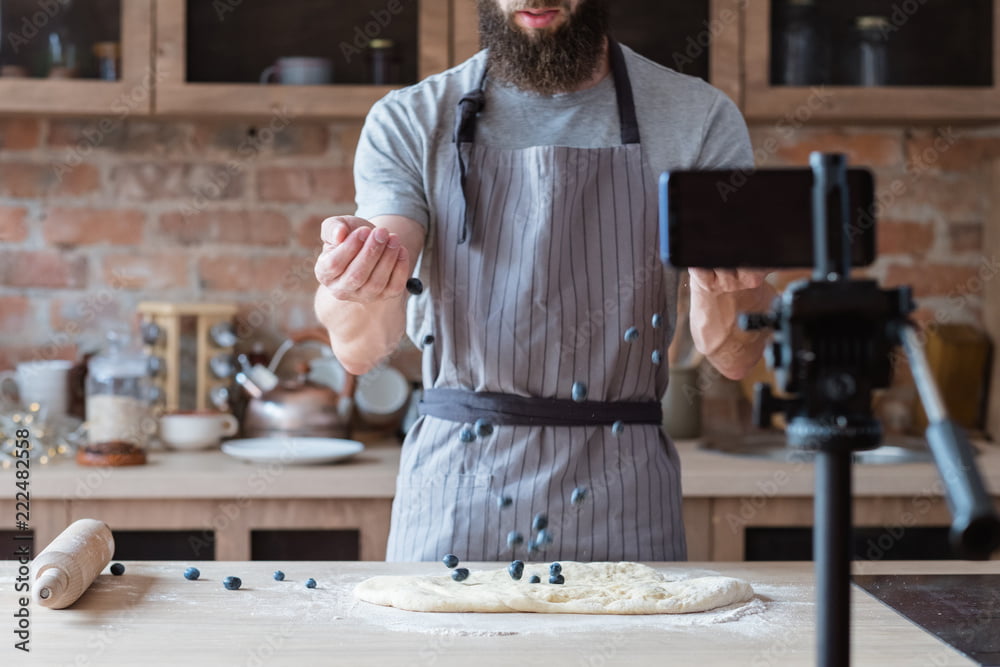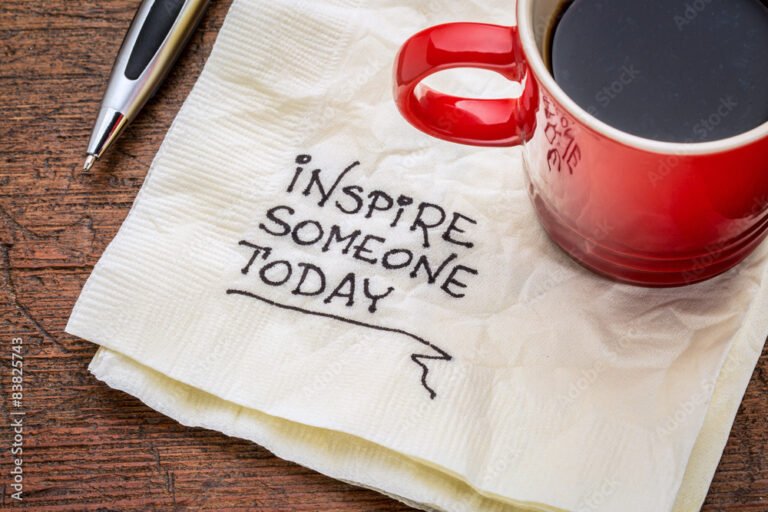Introduction: Creativity is not just about having great ideas; it’s about bringing those ideas to life through a process of exploration, experimentation, and execution. In this post, we’ll explore the creative process from conception to execution and beyond, offering insights and strategies to help you navigate the journey from inspiration to creation.
Body:
- Inspiration: The creative process often begins with inspiration—a spark of insight or a moment of clarity that ignites our imagination and sets the creative wheels in motion. Inspiration can come from anywhere: a conversation with a friend, a walk in nature, or a moment of quiet reflection. Pay attention to the things that inspire you and make note of them for future reference.
- Idea Generation: Once you have been inspired, the next step is to generate ideas. This often involves brainstorming, mind mapping, or other creative exercises to explore different possibilities and uncover potential solutions. Don’t be afraid to think outside the box and explore unconventional ideas. Remember, creativity thrives on diversity and experimentation.
- Conceptualization: Once you have generated a range of ideas, it’s time to refine and develop them into concrete concepts. This may involve sketching out designs, creating prototypes, or writing outlines. The goal is to flesh out your ideas and give them structure and form.
- Execution: With your concepts in hand, it’s time to bring your ideas to life through execution. This may involve writing, designing, coding, or any number of other creative activities, depending on the nature of your project. The key is to stay focused and committed to seeing your vision through to completion.
- Feedback and Iteration: As you work on your project, seek feedback from others and be open to constructive criticism. Use this feedback to refine and improve your work, iterating on your ideas until you are satisfied with the final result. Remember, creativity is a process of constant refinement and iteration.
- Completion and Reflection: Finally, once your project is complete, take the time to reflect on your creative journey. Celebrate your successes, learn from your mistakes, and take note of what worked well and what could be improved for next time. Use this reflection to inform your future creative endeavors and continue to grow and evolve as a creative individual.
Conclusion: In conclusion, the creative process is a journey of exploration, experimentation, and execution—a journey that begins with inspiration and ends with creation. By embracing each stage of the creative process and staying committed to seeing your ideas through to fruition, you can unlock your full creative potential and bring your visions to life. So let’s embark on this journey together, and see where our creativity takes us.


